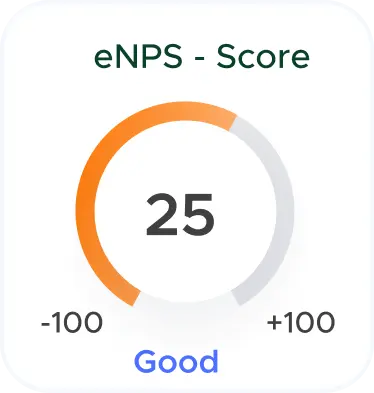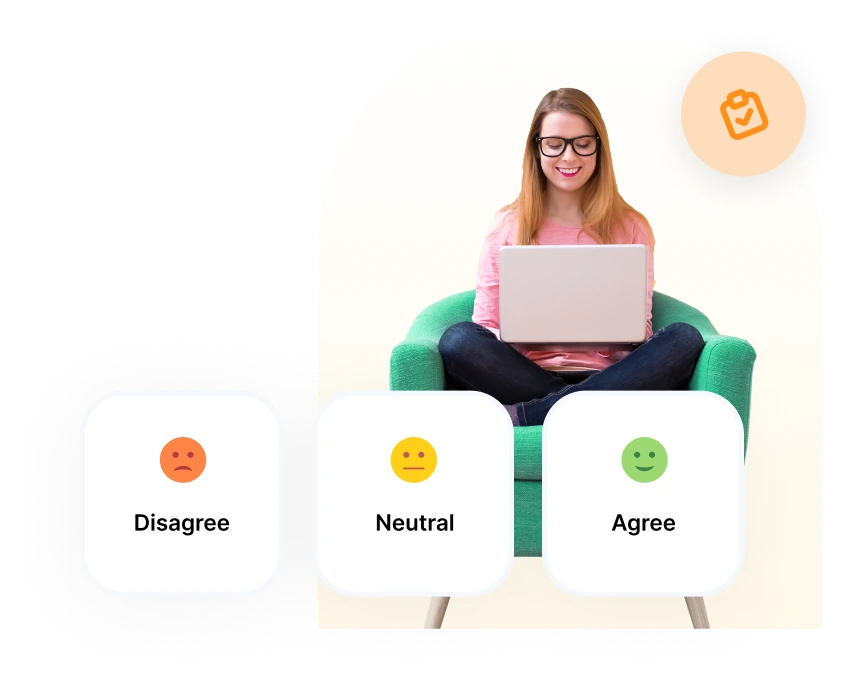What is the minimum wage in Texas?
As of my last update, Texas followed the federal minimum wage of $7.25 per hour. However, some cities within Texas may have established their own minimum wage rates.
What is the minimum wage in Illinois?
As of my last update, the minimum wage in Illinois was $11.00 per hour. However, this may have changed since then.
What is the minimum wage in Ohio?
As of my last update, the minimum wage in Ohio was $8.80 per hour for non-tipped employees and $4.40 per hour for tipped employees. However, this may have changed since then.
What is minimum wage in Missouri?
As of my last update, the minimum wage in Missouri was $10.30 per hour. However, this may have changed since then.
What is minimum wage in Arizona (AZ)?
As of my last update, the minimum wage in Arizona was $12.15 per hour. However, this may have changed since then.
What is minimum wage in Colorado?
As of my last update, the minimum wage in Colorado was $12.32 per hour. However, this may have changed since then.
What is minimum wage in Georgia?
As of my last update, Georgia followed the federal minimum wage of $7.25 per hour. However, this may have changed since then.
What is minimum wage in North Carolina (NC)?
As of my last update, North Carolina followed the federal minimum wage of $7.25 per hour. However, this may have changed since then.

.svg)













.svg)



.svg)
.svg)